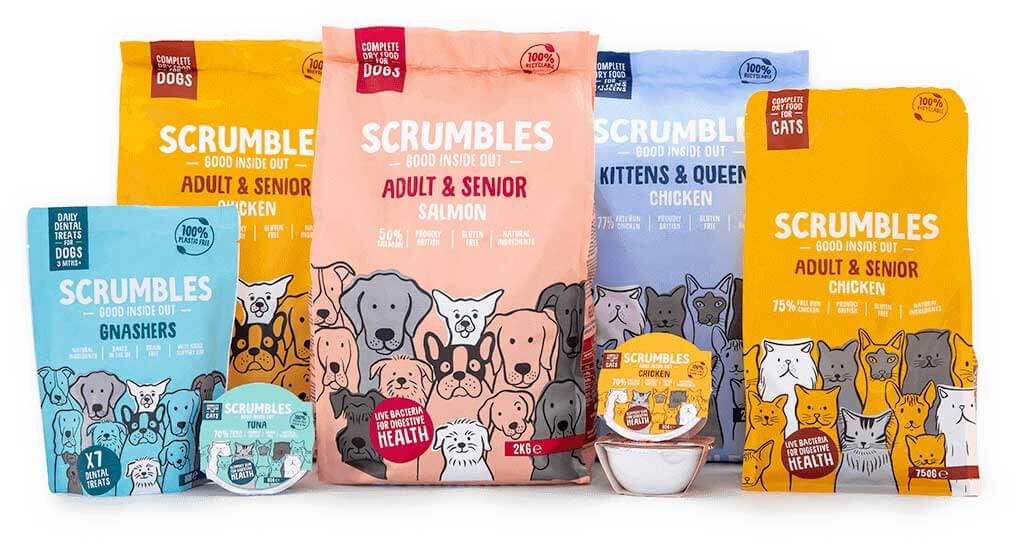Discover your cats age in human years
How old is my cat in human years?

For many years we thought that cats aged linearly with every cat year equal to a certain number of human years, long thought to be 7. Whilst there isn’t an accurate way to directly correlate our cat’s age with our own, the general consensus is that cats age faster in their early years, with the first two years thought to be comparative to the first 25 years of a human’s life.
Ageing then slows after this, with each additional year comparative to around 4 human years. So, for our Boo she’s roughly 5 or 6 cat years which is 37-41 years old as a human.
How many cat years are in a human year?
The first year of a cat's life is generally considered to be the equivalent to the first 15 years of a humans life. The second year adds around 9 more human years, meaning the first two years of a cat's life, approximately speaking, equates to the first 24 years of a human's.
After the first two years, each human year equates to 4 cat years.
src="https://cdn.shopify.com/s/files/1/0568/0450/7691/files/cat_years_600x600.png?v=1657277272" alt="cat age in human years" style="display: block; margin-left: auto; margin-right: auto;" />What is the average life expectancy of my cat?
Life expectancy in cats can vary dramatically with factors such as breed type, genetics and diet all playing a role. Certain cat breeds like Siamese naturally live longer than others. The life expectancy also varies dramatically between indoor and outdoor cats. Indoor cats typically live longer as they are kept safely away from outdoor hazards. Sadly, our outdoor adventurers have numerous threats to steer clear from, including contracting infectious diseases, dodging cars and predators, as well as getting lost or stolen. Indoor cats on average live to be 16 to 18 years, whilst an outdoor life reduces a cat’s lifespan to 3-10 years, with the average outdoor kitty living to 5 years old.
Clues to estimate your cat’s age
If you’ve rescued or adopted a kitty and don’t know how old they are, there are some ways to get a good estimate. A visit to the vet is the best way to find out how old your cat is, but the below pointers will help you understand if yours is a golden oldie, a cat in their prime or a curious kitten.
- Eyes – as your cat ages, their eyes will naturally become cloudier. Typically, this happens after 10 years. You may also notice more tearing and discharge in their eyes.
- Teeth – very few cat’s get their Gnasher’s regularly brushed. This leads to tartar build up and yellowing of the teeth. And for senior cats (7+) you may find missing teeth. Yellow stains are rare on young cats, below the age of 2.
- Coat – just like us our kitties grey as they age and you should notice that their once soft, glistening coat becomes more coarse, grey and thick.
- Behaviour - Noticed that your feline has become slouchy and grouchy? If the answer is yes, you most probably have a senior cat on your hands. Our golden oldies prefer to sleep more and are less active than their younger counterparts. You may also find changes in their eating and drinking habits with older cats drinking more.
Since your here, you might also like to read:









